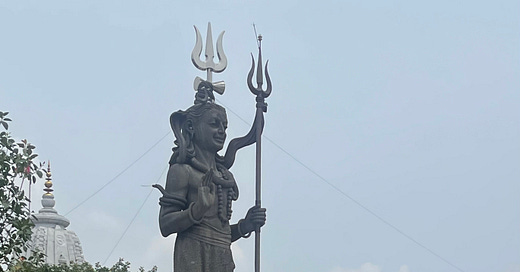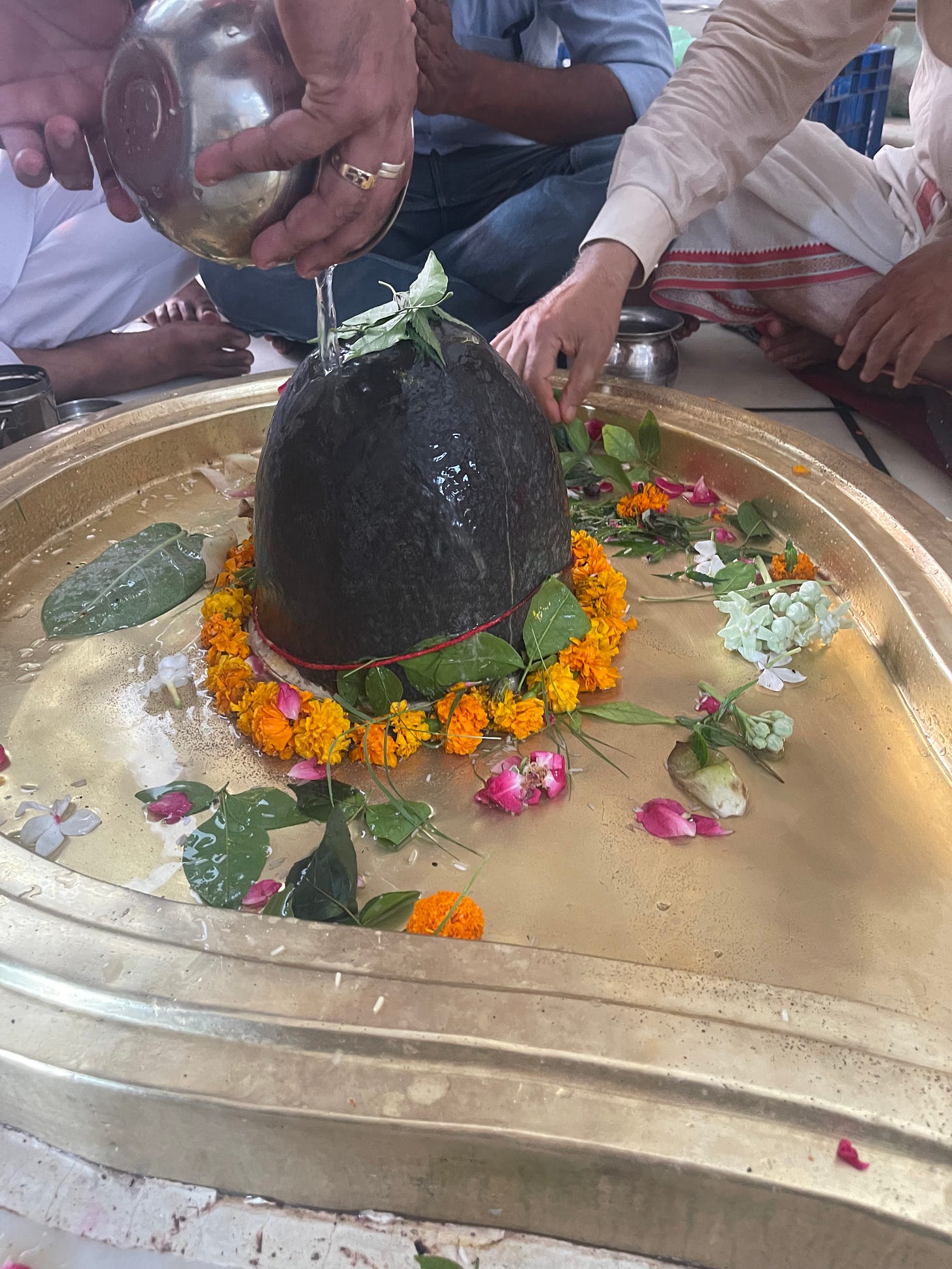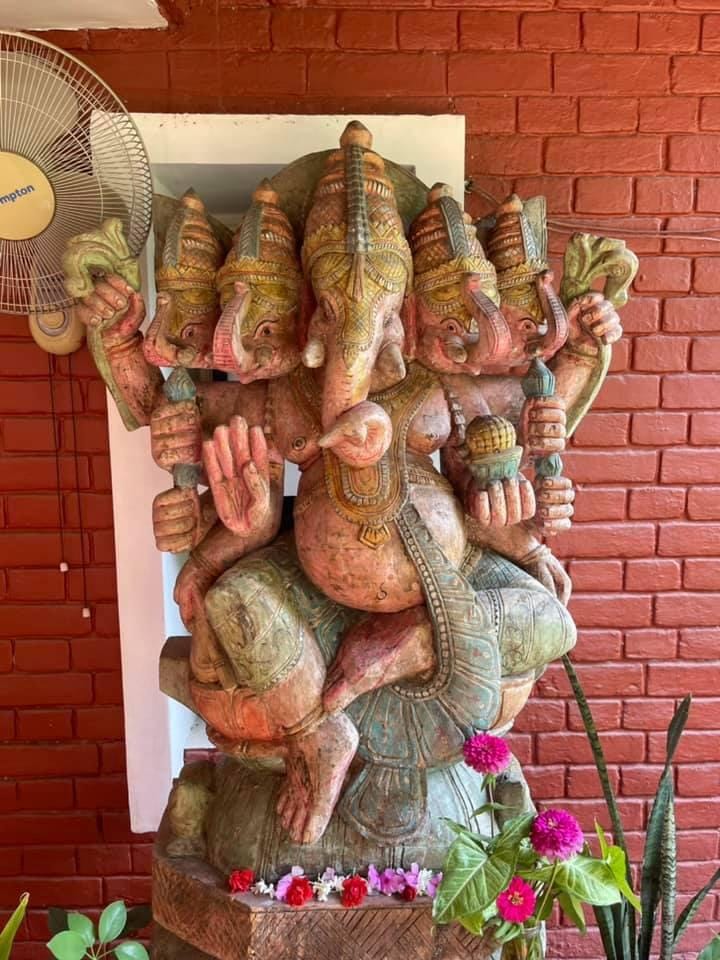Mahashivratri Meets Mahakumbh: Cosmic Convergence and the Grand Finale of Shahi Snan
The conclusion of the Mahakumbh Mela on Maha Shivratri not only marks the end of a 45-day spiritual odyssey but also celebrates the eternal dance of creation and dissolution embodied by Lord Shiva.
The Morn of Mahashivratri
As dawn breaks on February 26, 2025, a rare celestial convergence ushers in a Maha Shivratri imbued with unparalleled spiritual resonance. This year, the sacred night coincides with the grand finale of the Mahakumbh Mela at Prayagraj, where millions have journeyed over 45 days to partake in the final Shahi Snan at the Triveni Sangam. In this luminous moment—where the purifying waters of the Ganga, Yamuna, and Saraswati unite with the divine energies of Lord Shiva—the boundaries of time and faith dissolve, inviting devotees to embark on a profound quest for renewal and enlightenment.
The Quintessence of Mahashivratri
A Celestial Alignment
On Mahashivratri, a unique celestial alignment occurs, believed to elevate the spiritual vibration of the Earth, making it a night of unparalleled spiritual significance. This period of cosmic benevolence is seen as an opportune moment for devotees to realign with the higher dimensions of consciousness and spiritual awakening.
Commemorating the Cosmic Dance
The festival also celebrates the Nataraja form of Lord Shiva, the cosmic dancer who performs the Ananda Tandava—the dance of bliss that symbolizes the cosmic cycles of creation and dissolution. This dance, symbolic of life’s rhythmic ebb and flow, encourages a reflection on the transient nature of existence, urging us to find the eternal essence that lies beyond.
Marriage with Goddess Parvati
One of the many beliefs surrounding Mahashivratri is that it marks the day when Lord Shiva married Goddess Parvati. This union is celebrated as a symbol of the ultimate harmony and balance between the masculine and feminine energies of the universe, encapsulating the merging of power and beauty, destruction and creation, and transcendence and immanence. The marriage of Lord Shiva and Parvati holds immense significance in Hindu belief system, representing the ideal of marital fidelity and the strength of commitment. It's a celebration of love and devotion, not just between deities but as a cosmic principle that sustains the universe. This aspect of Mahashivratri adds a layer of cultural and spiritual depth to the festival, making it a multifaceted celebration of divine union, spiritual awakening, and the triumph of light over darkness.
Mahashivratri in Kashmir
In the serene valleys of Kashmir, Mahashivratri, locally known as 'Herath', resonates with a unique blend of cultural and spiritual vibrancy. This festival stands as a testament to the rich tapestry of Kashmiri tradition, where both Hindu and Muslim communities come together in a display of harmony and mutual respect. Herath in Kashmir is not just a celebration of Lord Shiva's grandeur but also an embodiment of the region's ethos of inclusivity and shared heritage. Amidst the chill of winter, homes are lit, and warmth spreads as people exchange greetings and delicacies, transcending the mere ritualistic observance to foster a sense of unity and brotherhood. This distinct celebration of Mahashivratri in Kashmir adds a profound layer of cultural depth to the festival, highlighting the universal appeal of Lord Shiva's message of peace, resilience, and regeneration.
Rituals and Reverence: The Soul of Mahashivratri
A Fast for the Soul
Devotees observe a strict fast, a practice that transcends mere physical abstention to encompass a deep spiritual cleanse, facilitating a closer divine communion. It is a day of introspection, purification, and renewal, aimed at dissolving the ego and fostering a divine connection with Shiva.
Vigil of the Vigilant
The heart of Mahashivratri beats in the vigilant night-long worship, a symbolic act of awakening one’s inner self. Temples resonate with the sacred chant of 'Om Namah Shivaya,' as devotees immerse themselves in prayer, meditation, and the singing of devotional hymns, seeking Shiva’s blessings for wisdom, prosperity, and liberation.
Abhishekam: An Offering of Purity
The ritual bathing of the Shiva Lingam with milk, honey, and holy waters, adorned with bilva leaves, is a central ceremony of Mahashivratri. This sacred offering represents the purification of the soul, a gesture of surrender to the divine, aspiring for inner peace and spiritual growth.
The Spiritual Voyage of Mahashivratri
An Invitation to Enlightenment
Mahashivratri stands as a beacon, inviting all to embark on a journey of self-discovery and enlightenment. It is a time to reflect upon the impermanence of the material world and to seek the Shiva within, the eternal source of truth and bliss.
Harmony and Oneness
In its essence, Mahashivratri transcends religious boundaries, echoing a universal call to unity and harmony. It is a celebration of the indomitable spirit of humanity and its potential to rise above darkness and ignorance towards a collective awakening.
Reflections on the Eve of the Sacred Night
As twilight will descend on this extraordinary day, the lingering chants and radiant glow of countless lamps at the Sangam will bear witness to a transcendent culmination of ancient rituals and modern devotion. The conclusion of the Mahakumbh Mela on Maha Shivratri not only marks the end of a 45-day spiritual odyssey but also celebrates the eternal dance of creation and dissolution embodied by Lord Shiva. In this confluence of cosmic timing and earthly faith, we are reminded that every ending is but a prelude to new beginnings—a timeless call to awaken our inner divinity and embrace the enduring power of unity, love, and spiritual liberation.
Epilogue
I seize this moment to share links to a few of my previous articles related to Lord Shiva—Ganesh Chaturthi; an ancient, hidden Shiv Mandir located in the village of Nilas, within the Rajpura tehsil of Patiala district; and lastly, Bhojpur, near Bhopal in Madhya Pradesh, home to what is said to be the largest Shivling in India.
I hope you will revisit and re-read them on this auspicious occasion.
Footnote: Exact Timings for Maha Shivratri 2025
North Indian Panchang (Phalguna Month):
Chaturdashi Tithi: Begins on February 26, 2025, at 6:38 AM and ends on February 27, 2025, at 8:54 AM.
Nishita Kaal Puja: February 27 from 12:37 AM to 1:29 AM.
Prahar Puja Timings:
First Prahar: February 26, 6:30 PM to 9:46 PM.
Second Prahar: February 26, 9:46 PM to February 27, 1:03 AM.
Third Prahar: February 27, 1:03 AM to 4:20 AM.
Fourth Prahar: February 27, 4:20 AM to 7:36 AM.
South Indian Panchang (Magha Month):
Chaturdashi Tithi: Begins on February 26, 2025, at 11:08 AM and ends on February 27, 2025, at 8:54 AM.
Nishita Kaal Puja: February 27 from 12:09 AM to 12:59 AM.
Prahar Puja Timings:
First Prahar: Approximately February 26, 6:18 PM to 9:25 PM.
Second Prahar: Approximately February 26, 9:25 PM to midnight (transitioning into February 27).
Third and Fourth Prahar: Timings closely align with the North Indian schedule.







